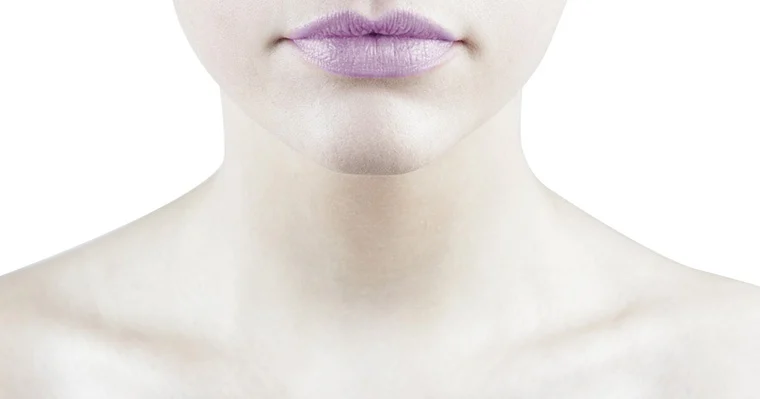Some people have naturally pale skin courtesy of their parents. If you’re not born with pale skin and your complexion right now looks pasty, there’s an assortment of things that you can blame for such. This article will tell you some of the most common causes of skin paleness.
Make sure that you share this article on your various social media sites afterwards so that your family and friends may also check out the various reasons enumerated below.
Before you proceed, some causes of skin paleness can be quite serious. In fact, you need to seek immediate medical attention if your pasty complexion is accompanied by a rapid heart rate, low blood pressure, difficulty breathing, chest pain and feeling like you’re going to faint.
Iron-Deficiency Anemia
One of the most common reasons why skin can appear pale is iron-deficiency anemia. This is a blood condition in which the number of oxygen-carrying red blood cells or RBCs is abnormally low based on a test called complete blood count or CBC. Your body requires the mineral iron for optimum production of RBCs.
Vitamin B12 Deficiency
Aside from iron, another mineral that the body needs for proper RBC synthesis is vitamin B12 or cobalamin. According to doctors, vitamin B12-deficiency anemia comes in many forms, and one of them is pernicious anemia. This type of anemia is brought about by the inability of the person’s small intestine to absorb vitamin B12.
The Flu
An infection of the upper part of the respiratory system, the flu can leave your skin pasty. That’s because it can keep your body from obtaining plenty of oxygen. This deprives your blood of oxygen molecules, thus causing your skin to look pale. Having the common cold can cause the complexion-related same issue.
Leukemia
There are many different types of cancer that are known to cause skin paleness. However, there is one that’s mostly associated with it, and that’s leukemia. In fact, health authorities say that one of the very first thing that a person whose leukemia is yet to be diagnosed is his or her skin is looking pale.
Vitiligo
Skin pigments such as melanin are the ones that give the skin its color. There is a skin condition that causes special cells in the skin to stop functioning, thus no longer producing melanin. It’s known as vitiligo, and it causes white-colored patches to appear on the skin. There’s no known treatment for it, but vitiligo won’t endanger one’s health.
Lack of Sun Exposure
Just because the skin is no longer producing enough melanin does not mean right away that the special cells producing it are not functioning. If you have naturally pale skin, you may look pasty if you are not getting enough sun exposure. It’s for the fact that the skin produces more melanin in response to UV light as a form of protection.
Unhealthy Eating
Are you fond of eating junk food, processed food and fast food? Then don’t be surprised if your skin looks lifeless. Having a poor diet robs your body of vitamins and minerals, many of them are necessary for having healthy skin. Aside from skin paleness, skin dryness and flaking are some other issues that you may encounter.
Stress
Most especially if your everyday schedule is hectic, it’s not unlikely for your skin to look pale. Such can be blamed on stress. According to doctors, stress can cause changes in your blood circulation. What’s more, stress can accelerate the rate at which skin cells die, and this can make your complexion appear lifeless.
Anxiety
If you suffer from anxiety, chances are you’re often asked the question “did you see a ghost?” by your family and friends. Your anxiety activates the fight or flight response which causes much of your blood supply to be diverted to your internal organs. As a result of such, your skin looks pale.
